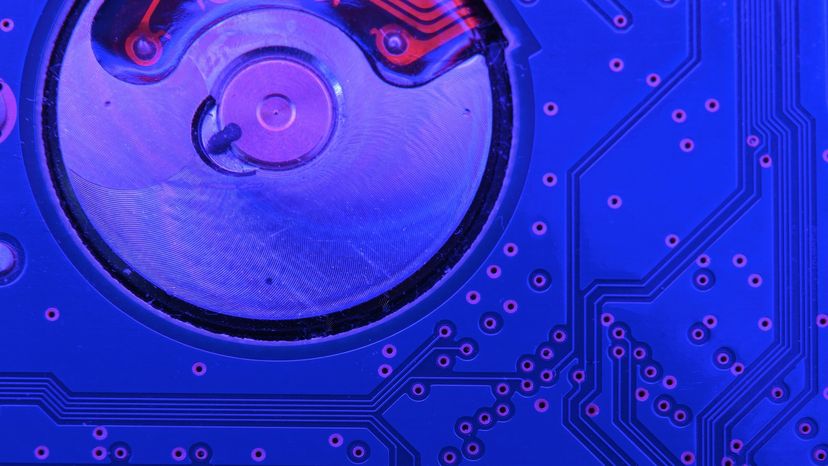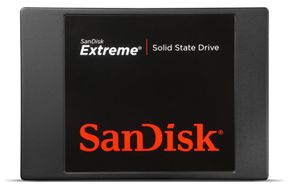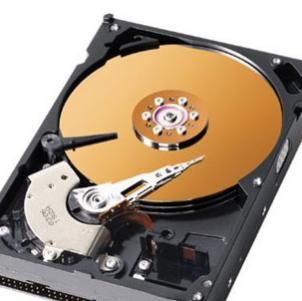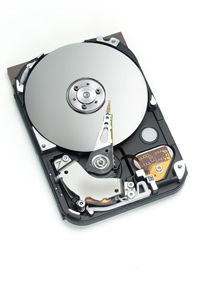Trading out your hard drive for a solid-state drive seems like a no-brainer. But before you make the switch, you should understand the limitations of SSDs. Like cost. Even though prices have decreased steadily, NAND flash memory is still expensive. To get 240 gigabytes of storage on a PNY Prevail SSD, for example, you might shell out $280. That's $1.17 per gigabyte. The Western Digital Scorpio Blue HDD, on the other hand, gives you 250 gigabytes of storage for roughly $65. That works out to be $0.26 per gigabyte.
Then there's the issue of longevity. The NAND flash used in SSDs can only be used for a finite number of writes. Why? Because SSDs can't write a single bit of information without first erasing and then rewriting very large blocks of data at one time. Each time a cell goes through an erase cycle, some charge is left in the floating-gate transistor, which changes its resistance. As the resistance builds, the amount of current required to change the gate increases. Eventually, the gate can't be flipped at all, rendering it useless. This decaying process doesn't affect the read capabilities of SSD, because reading only requires checking, not changing, the voltages of cells. As a result, NAND flash can "rot" into a read-only state.
Some manufacturers use something called wear-leveling to counteract the degradation of NAND flash. This technique distributes data writes across all blocks to make sure the flash memory wears evenly, but even with that, SSDs will decay over time. NAND flash memory of the single-level cell variety generally delivers 50,000 program/erase cycles. Flash of the multi-level cell variety — the kind used in consumer-level products — wears out after about 5,000 cycles.
For this reason, many data centers and techies use a combination of SSD and HDD. One approach is to use a solid-state drive in a laptop and a traditional hard drive as external storage holding music, photos and other files. This combines the best of both worlds — the ultrafast, random data access of SSD with the relatively inexpensive, high capacity of HDD. If this sounds good to you, you'll want to start shopping for a suitable solid-state drive.





